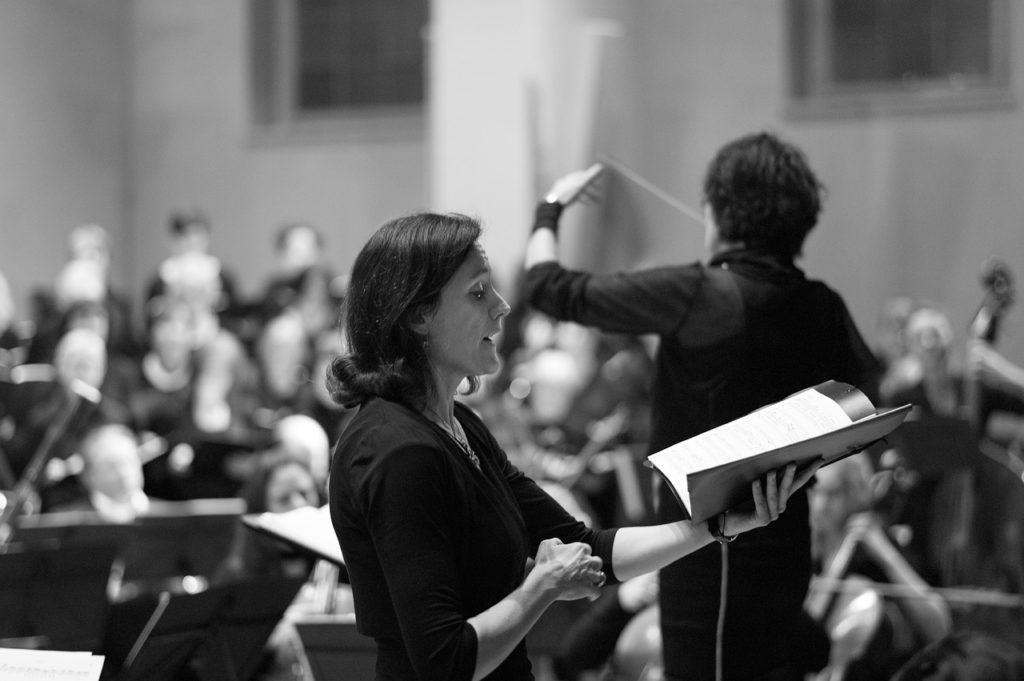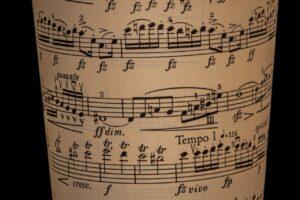Estimated reading time 2 minutes
Table of Contents
What Do People Mean by the Term Interpretation in Classical Music?
Do you want to move your audience to tears as you perform? Do you need suggestions for how to interpret your songs? Interpretation is when you put your personal stamp on a song. Today’s interpretation tip can help you craft powerful performances. Read more to answer the question, “What do people mean by the term interpretation in classical music?”
This post uses music terms. For definitions, see the Glossary at the end of the article.

Further Defining the Term Interpretation in Classical Music?
“What do people mean by the term interpretation in classical music?” According to the New Harvard Dictionary of Music:
…interpretation is often thought of as the individual performer’s unique and personal contribution to the [performance] of a work. (399)
So, how do you learn how to interpret music?
- The first post in the series showed how to get effective performances using mental imagery.
- Likewise, today’s interpretation post will show you how to use your imagination to become the character.
Barry Green quotes a soprano who describes her strategy for performing:
I decided to [focus] on the character of the old lady. We turned out the lights, and I sat slumped in a chair for a few minutes. Then I began just speaking the text of the song as though I was an old woman.
I found myself close to tears. When the lights came on again, I felt peaceful and assured. I knew I had become the old woman, and my sense of myself as a singer had disappeared… The music flowed through me… (94-95)
Your imagination is powerful. If you want to create a memorable performance, you need to link into your imagination.

How Do You Interpret a Piece of Music?
“What do people mean by the term interpretation in music?” The Inner Game of Music suggests that you can also imagine yourself as being your favorite musician.
- You have a host of intuitive information locked in your head about a vast array of playing styles.
- This exercise will help you access it.
If you play guitar, imagine yourself as Eric Clapton playing a song.
- How did your playing style change?
- Next, imagine yourself as Kirk Hammett.
- Did your playing style change again?
Just as changing the style of cloths you wear can transform how you feel about yourself. So, this exercise can transform how you express yourself on your instrument.
In future interpretation posts I’ll give you tips on:
- Characterizing a piece of music
- Articulations
- Dynamics
Have fun singing and playing!
Related Posts
- What Does it Mean for Me to Interpret a Piece of Music? Part 1
- How Can Legato Notes Be Played Staccato?
- Why Do Pianists Occasionally Play Their Hands at Different Times as They Perform
- What Are the Small “>” Signs Above or Below the Notes?
© 2023 Geoffrey Keith
Join me for in-person or online lessons today!
Back to the All-Purpose Music Tips and Topics category blogs page
Chord Progression (Including the 12 Bar Blues)
What’s a chord progression? It’s when you have a sequence of successive harmonies. In this post, we’ll look at common chord progressions, including rock n roll, the 12 bar blues, and jazz chord progressions. These can work as either piano chord progressions or guitar chord progressions. Read “Chord Progression (Including the 12 Bar Blues)” to learn the harmonic structure for these three styles of music. Estimated reading time 4 minutes.
Read MoreWhat Are the Best Easy Guitar Chords for Beginners to Learn?
Do you want to learn the easiest beginner guitar chords? Once we’ve talked about what makes a chord simple to play, you’ll learn them in progressively more challenging stages. In each stage, you’ll have links to songs that you can play using the easy versions. Keep reading “What Are the Best Easy Guitar Chords for Beginners to Learn?” to start mastering guitars chords. Estimated reading time 4 minutes.
Read MoreHow to Micro Tune the Keyboard to Make the Chords Sound Awesome
Does it ever bother you that the piano chords sound out of tune? The guitar is not the only instrument that can be retuned. Retuning the keys to Supplemented Equal Temperament (SET) yields chords that sound better than equal temperament - the standard piano tuning. In SET, the triads sound incredible. Learn how to micro tune the keyboard using SET for awesome chords! Estimated reading time 4 minutes.
Read MoreHow Can Legato Notes Be Played Staccato?
How can you make a note be long and short simultaneously? How can legato notes be played staccato? Mozart created a mixed staccato/legato notation to use in his piano pieces, and it still confuses musicians to this day. Click to answer the question, “How can legato notes be played staccato?” Estimated reading time 2 minutes.
Read More




